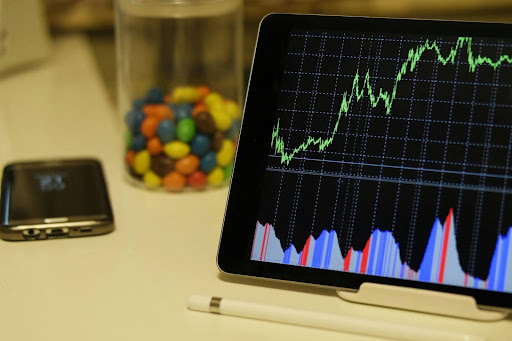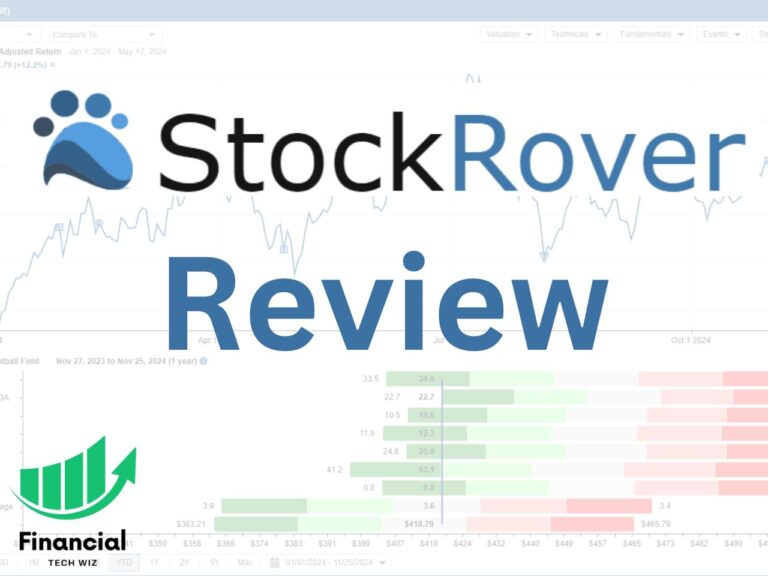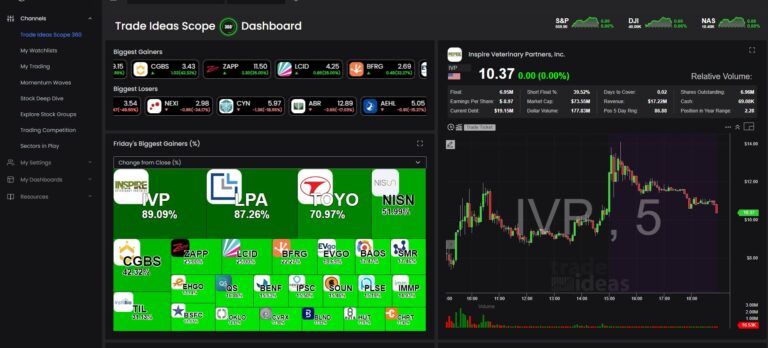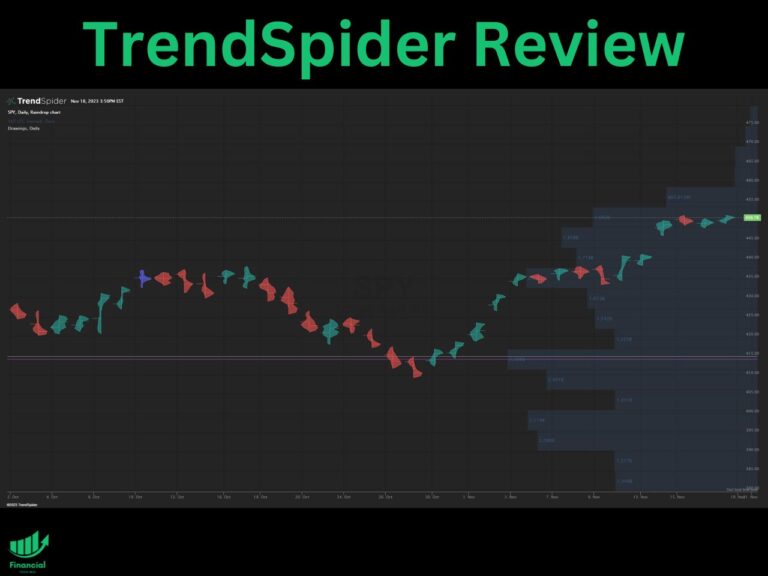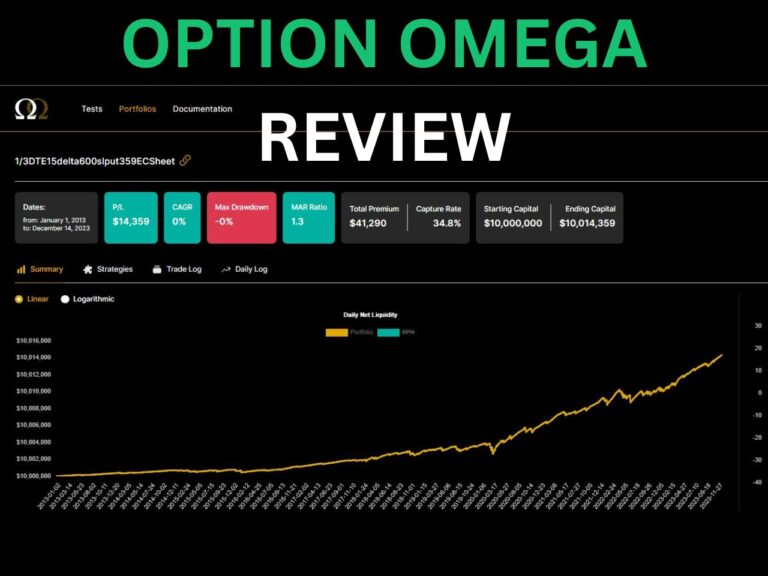How the Right Trading Tools Give You an Edge
Successful trading means staying ahead of the market. Prices change fast, and so do trends. A small delay in information or analysis can mean missed chances or unexpected losses. Traders need to make decisions quickly and with confidence. The right tools can help you work smarter, spot opportunities, and manage risk in real time.
Technology has changed the trading world. Now, anyone can access charts, news, and analysis on their phone or computer. This creates a level playing field for beginners and experienced traders. Using modern tools can help you find the edge you need.
Real-Time Data Matters
Markets move on news and numbers. If you want to stay ahead, you need access to real-time data. Many platforms now offer live charts and instant price updates. Watching delayed quotes or charts means you could react after the big move is over.
Some traders use multiple screens to track currencies, stocks, and commodities at the same time. If you are new, you can start with one reliable app or website like TrendSpider or TradingView. Make sure it gives you live updates, not just daily summaries. Set up alerts for price levels or news that matter to your strategy.
Over time, you will spot patterns and trends as they happen, not after the fact. Real-time data turns trading from guesswork into informed action.
Planning with Simple Analysis
It is easy to get lost in charts and technical indicators when it comes to trading. But good analysis should be clear and practical, and it should also be easy to use.
Focus on a few key tools that help you spot support, resistance, and trends. These can be moving averages, trend lines, or volume indicators.
Many platforms have built-in analysis tools; you need to make sure you use them to test your ideas before risking your money. Backtesting lets you see how a strategy would have worked in the past. This is not a guarantee of future results, but it can show if your plan is sound.
Journaling your trades can also help. Write down your reasons for entering and exiting a trade. Over time, this helps you see what works and what doesn’t. You can make small changes and improve with each trade.
Managing Risk Every Day
Trading involves risk, but you can manage it if you are careful and you do the proper research.
The first rule is to never risk more than you can afford to lose. Doing this isn’t going to set you up for the future. Set stop-loss orders to limit losses if a trade moves against you. This way, you avoid turning a small loss into a big problem.
Diversify your trades. Do not put all your money into one asset or idea. Spreading your trades across different stocks, currencies, or commodities can reduce the impact of one bad trade.
Use position sizing to control risk. Decide how much of your total account you want to risk on each trade.
Automate When You Can
Automation helps remove emotion from trading, which can often be a hindrance and lead to you making rash decisions.
Tools like trading bots can help so can automated alerts. These can carry out trades for you, based on rules you set. This is especially helpful if you trade across different time zones or have a busy schedule.
Automated strategies can be simple or complex. Make sure you do your research and find the right type of automation for your needs.
Before going live, test any automated system with a demo account. This way, you can spot issues without risking real money.
Find the Right Tools
The right tools make trading easier and more effective, so it is ddefinitelyworth looking for the right tools. Look for platforms that combine live data, charting, analysis, and order execution in one place. Many also offer mobile apps, so you can manage trades from anywhere.
There are many guides and lists to help you get started. For example, you can check out this resource on tools to make your trading easier that suits your trading style.
Start with what you need most. Maybe that’s an alert system, a good charting platform, or a way to automate your trades. As you grow as a trader, you can add more tools to match your needs.
Build Good Habits
Tools are only part of the picture. Good trading comes from discipline, learning, and review. Stick to your plan, track your results, and do not let emotions control your trades.
Set aside time to review your performance each week. Look for mistakes, but also for what you did right. Stay patient. Sometimes, the best trade is the one you do not take.
Conclusion
Trading success depends on making smart choices and using the right tools to make your trading easier and efficient.
Real-time data, practical analysis, risk management, and automation give you the control you need. With good habits and steady learning, you can turn trading challenges into new chances. Start with the tools that match your style, and keep building your edge every day.
– Free trading journal template
– Custom indicators, watchlists, & scanners
– Access our free trading community

